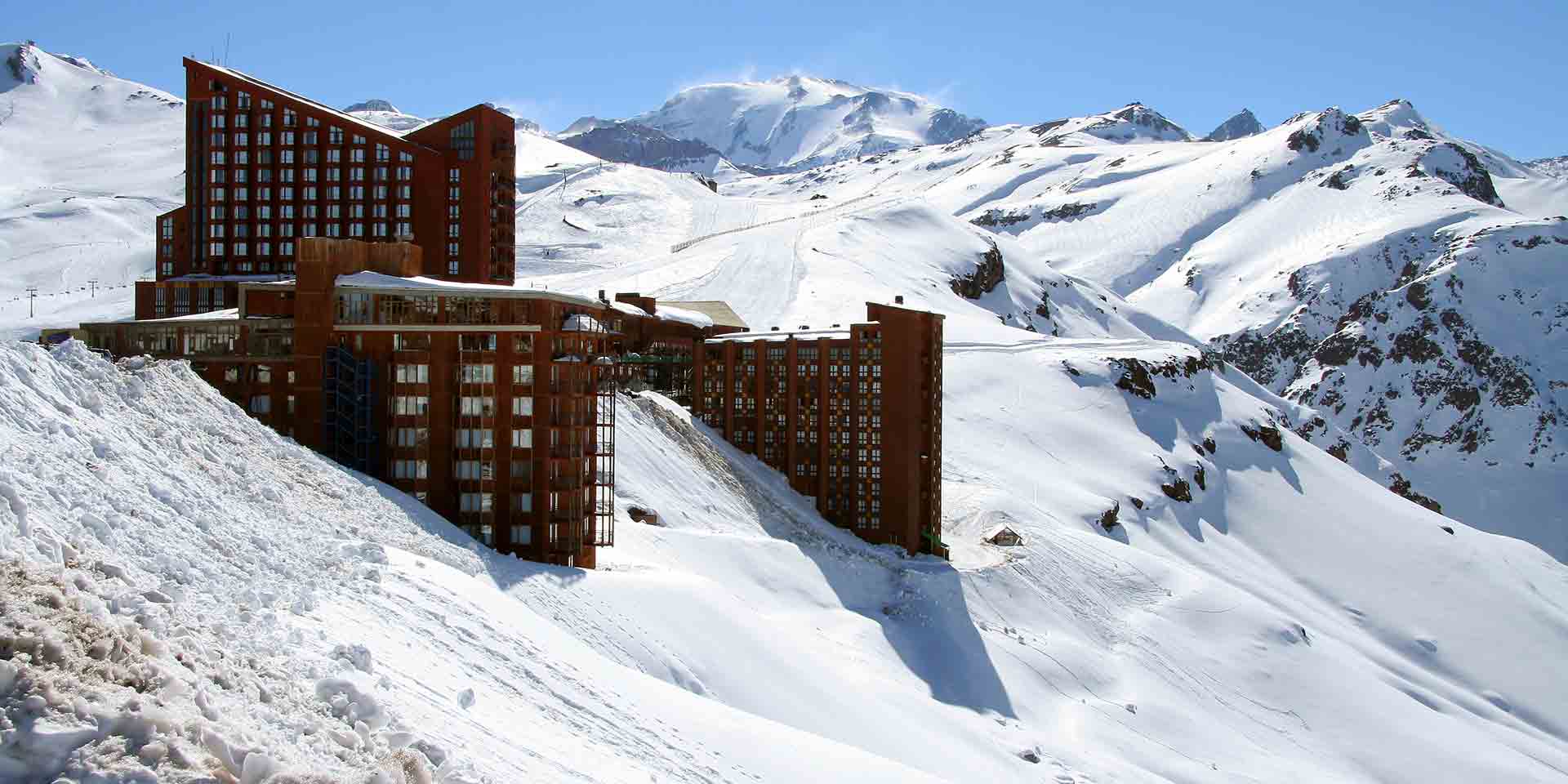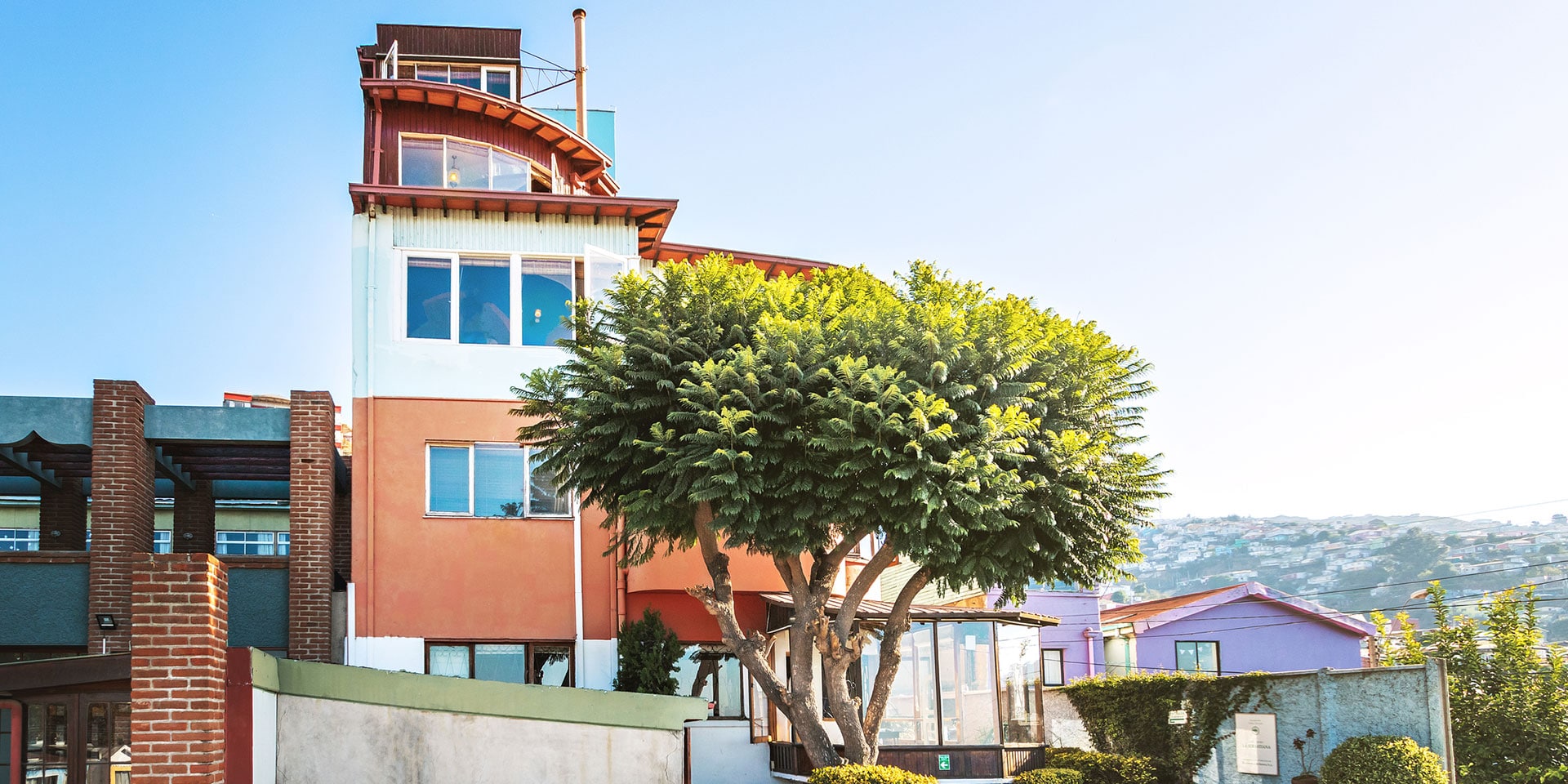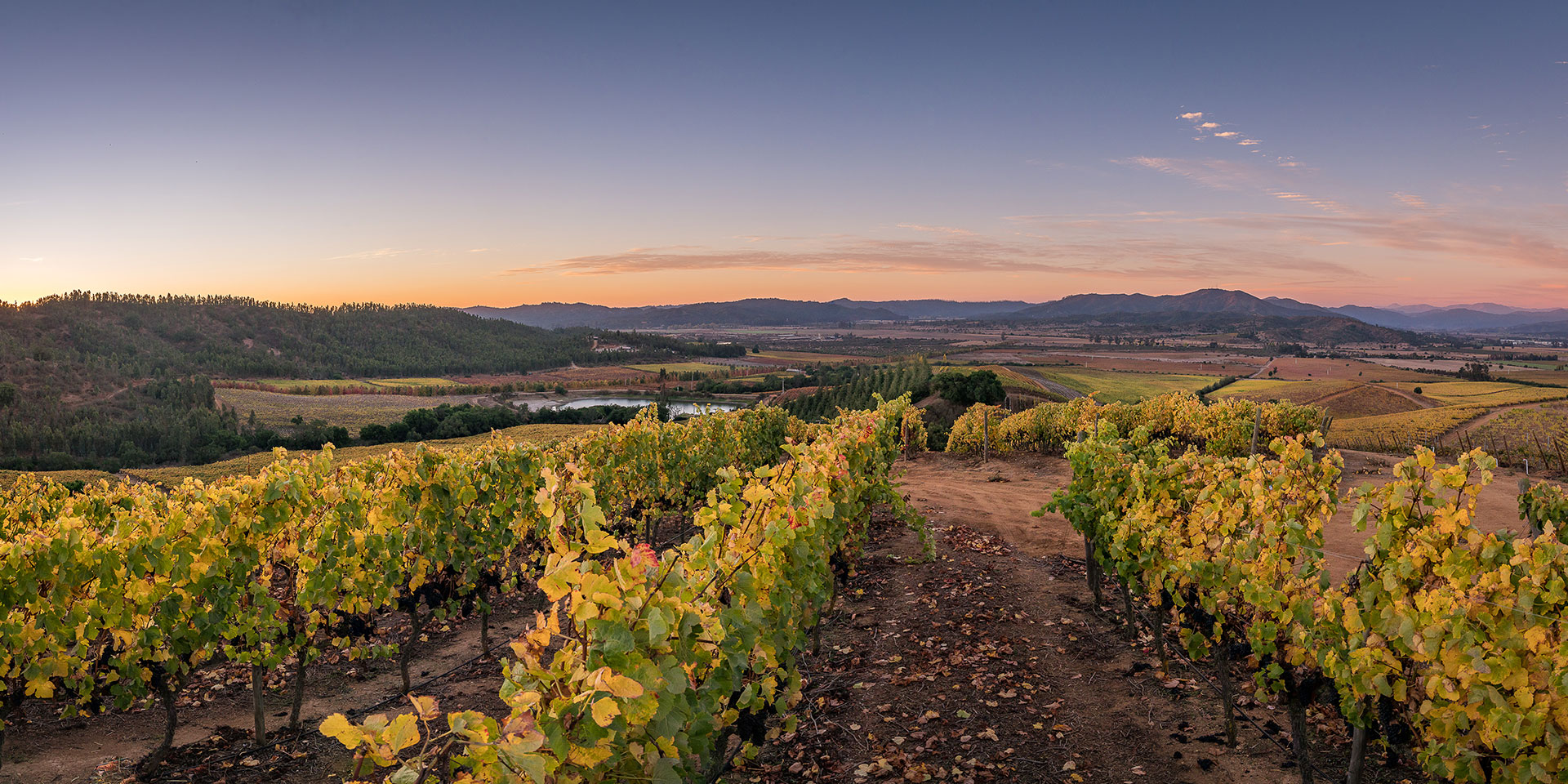
The sprawling vines at Kingston Family vineyards. (Photo: Courtesy of Kingston Family Vineyards)
Eat + DrinkMeet MOVI: Chile’s Independent Winemaker Movement
By Eileen SmithAlmost anywhere in the world, and especially throughout the Americas, it’s fairly easy to find a good Chilean wine. And whilst the major Chilean brands are widely available in a variety of countries, independent producers of small labels, with low production volumes, are currently enjoying a boom in the wine world.
The winemakers are now offering different styles of wine, bringing back old traditions and moving forward with innovative products, all on a human scale.
The best way of finding out more about this movement’s wines is through MOVI (Movimiento de Viñateros Independientes), the movement of independent vintners who came together to form a group in 2009, partly to purchase wine production supplies at a good price.
But they now have other goals: to counter elitism in wine and to promote the diversity of the country’s wine industry, as its website explains.
There are currently 37 member wineries, and MOVI has an online store for those who would like a ‘home’ delivery while in Chile, or alternatively you could visit Santiago Wine Club, an independent store in Barrio Lastarria.
But who are the MOVI members? They are Chileans from the north, center and south of Chile. Quite far up in the north, in the Huasco Valley, is Armidita, which has been making Pajarete, a sweet wine made from Muscat grapes, since the 1890s, whilst in the Region of Los Lagos (in the south) there are wines such as Pinot Noir from the Trapi winery.
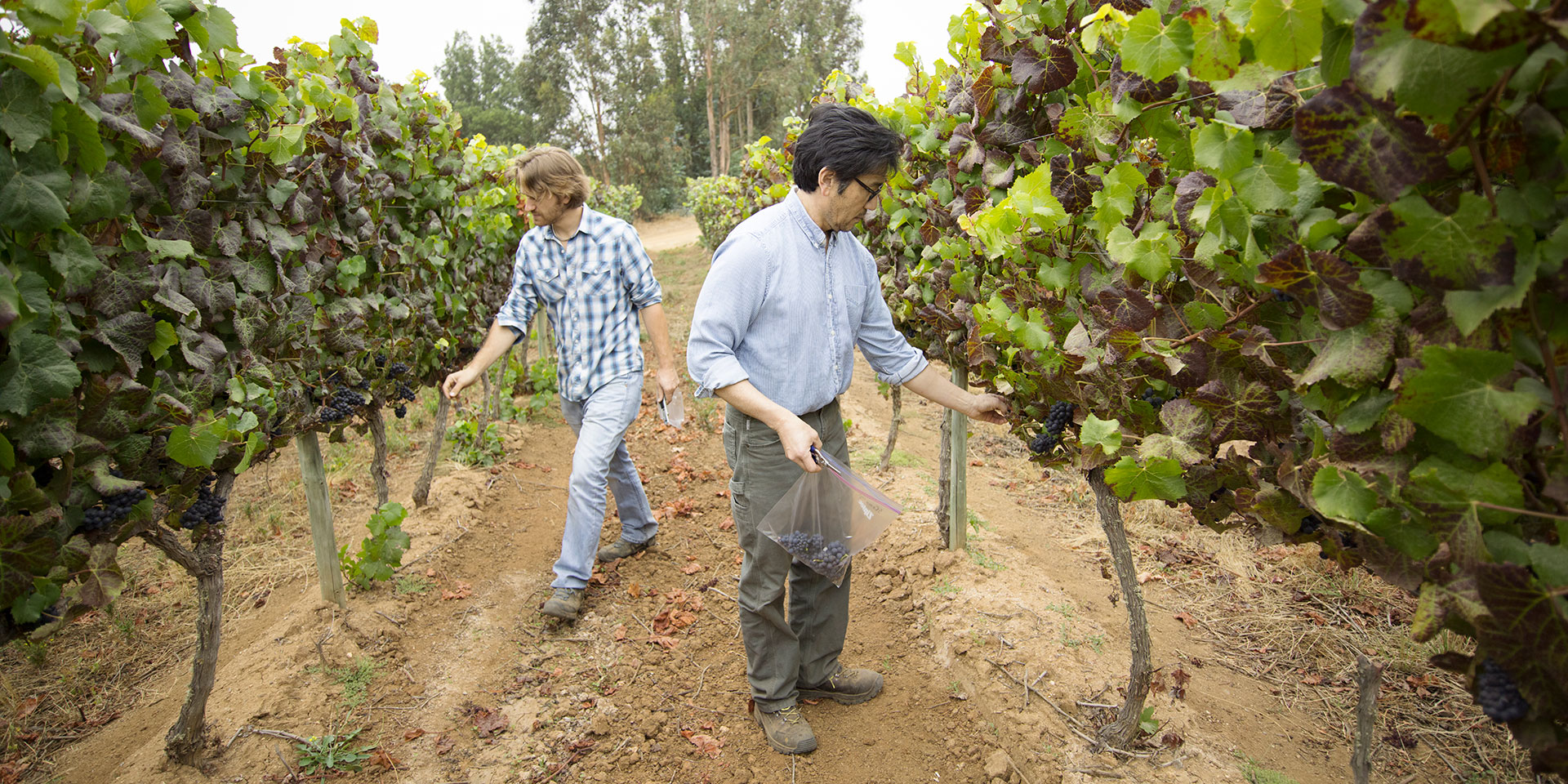
There are also small producers who make great wines, from one plot of land, one vine variety, or blends. And there are North Americans, such as the Kingston Family, who moved from California to the Casablanca Valley generations ago, and the Flahertys, who came to Chile to work on the harvest in the 80s and then settled in the Aconcagua Valley.
There are also Europeans, such as the Swiss family Von Siebenthal (also in Aconcagua), and the French family Villard, whose vineyard lies in a quiet part of Casablanca. There are Brazilians, such as Attilio & Mochi, whose winery consists of shipping containers. Their Labrador, Franc, is named after one of their most expensive wines, Cabernet Franc.
Perhaps one of MOVI’s best known winemakers is Derek Mossman, of Garage Wine Co., a Canadian who has traveled thousands of kilometers in search of the country’s finest grapes, and other varieties of vine that until recently were less commonly used in fine wines in Chile.
He was particularly interested in grapes from plots traditionally ploughed by horses. He was looking for grapes that were discarded by the locals, who said that they produced a very thin and somewhat bitter wine, as these are some of the characteristics of the País grape that can now once again be found in Chile in certain quality wines, such as Derek’s.
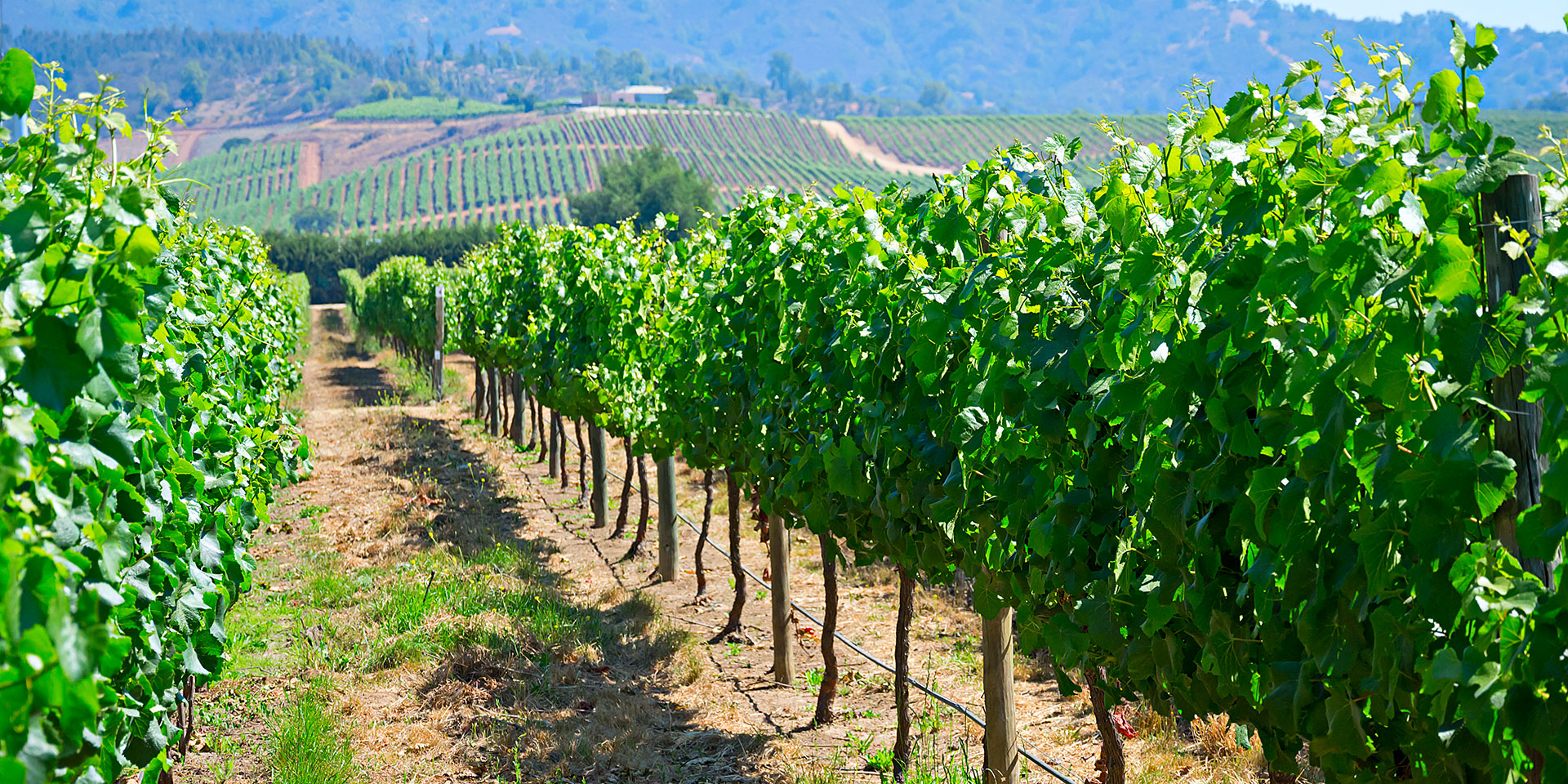
The important thing to note about the MOVI vintners is that there’s a bit of everything.
From a couple of barrels to larger (although always artisan) production volumes, foreigners who have dedicated their lives to Chilean wines, and creative Chileans who have also joined this great project, which is changing the world’s perception of Chilean wine.
MOVI wines currently represent approximately 0.1% of the country’s wine production, but they are highly sought after in both restaurants and specialty stores. There’s no doubt that the best way to explore these wines is either by touring the wineries to meet the different producers, or by trying to coincide with the famous “MOVI Night”, an independent wine event that normally takes place in November.
This event features many of the MOVI wineries for one night only, to share their wines with consumers who are passionate about fine local wines made with loving care.





